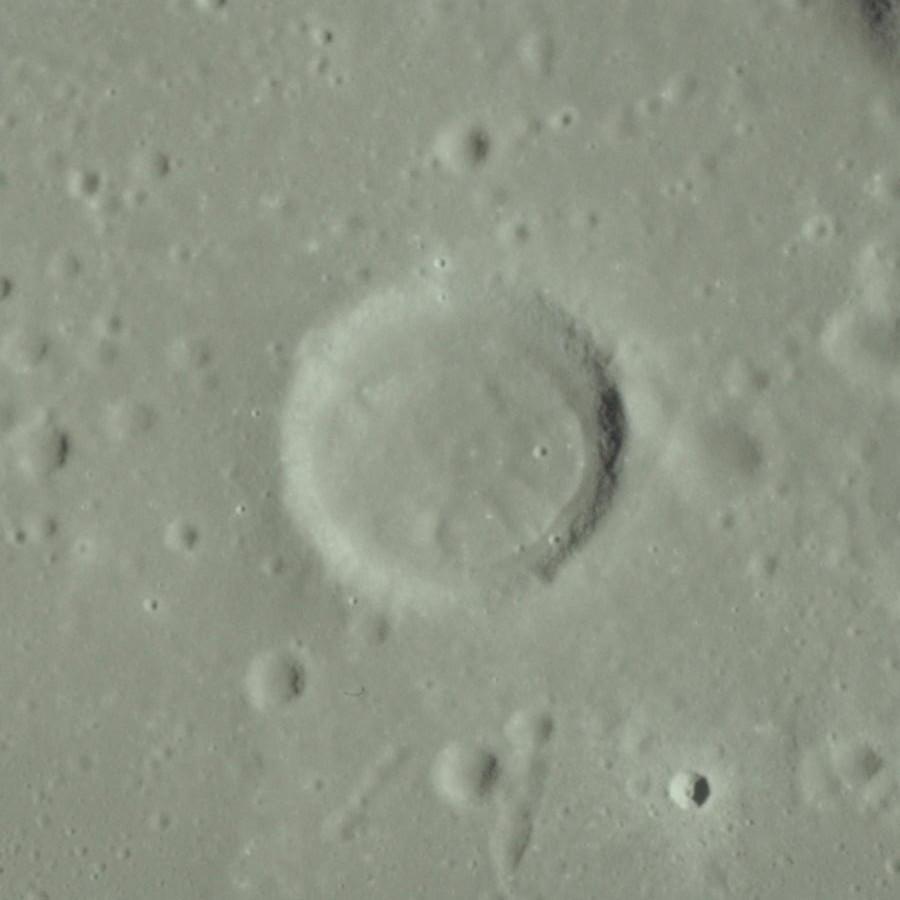MacMillan (crater) on:
[Wikipedia]
[Google]
[Amazon]
 MacMillan is a bowl-shaped lunar
MacMillan is a bowl-shaped lunar
Beer Lunar Topographic Orthophotomap
LTO41A4, May 1974 {{Commons category Impact craters on the Moon Mare Imbrium
 MacMillan is a bowl-shaped lunar
MacMillan is a bowl-shaped lunar impact crater
An impact crater is a depression (geology), depression in the surface of a solid astronomical body formed by the hypervelocity impact event, impact of a smaller object. In contrast to volcanic craters, which result from explosion or internal c ...
on the eastern fringes of the Mare Imbrium
Mare Imbrium (Latin ''imbrium'', the "Sea of Showers" or "Sea of Rains") is a vast lunar mare, lava plain within the Imbrium Basin on the Moon and is one of the larger craters in the Solar System. The Imbrium Basin formed from the collision ...
. It was named after American mathematician and astronomer William Duncan MacMillan
William Duncan MacMillan (July 24, 1871 – November 14, 1948) was an American mathematician and astronomer on the faculty of the University of Chicago. He published research on the applications of classical mechanics to astronomy, and is noted f ...
. It is located just to the southwest of a lone rise, near the southwestern edge of the Montes Archimedes. This is a cup-shaped depression in the surface with an interior albedo
Albedo ( ; ) is the fraction of sunlight that is Diffuse reflection, diffusely reflected by a body. It is measured on a scale from 0 (corresponding to a black body that absorbs all incident radiation) to 1 (corresponding to a body that reflects ...
that matches the nearby lunar mare
The lunar maria ( ; mare ) are large, dark, basaltic plains on Earth's Moon, formed by lava flowing into ancient impact basins. They are less reflective than the "highlands" as a result of their iron-rich composition, and hence appear dark to ...
. The edges of the rim have a somewhat higher albedo. It shows some indications of a concentric crater.
This crater was previously identified as Archimedes F.
References
* * * * * * * * * * *External links
Beer Lunar Topographic Orthophotomap
LTO41A4, May 1974 {{Commons category Impact craters on the Moon Mare Imbrium